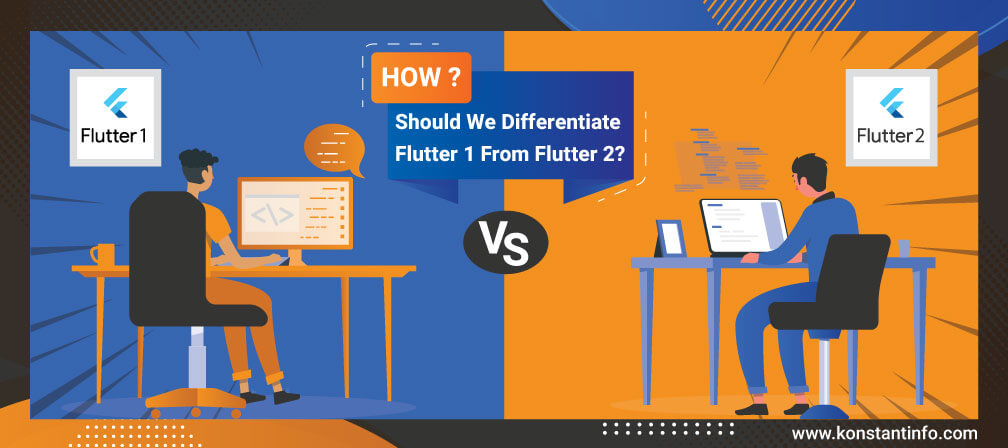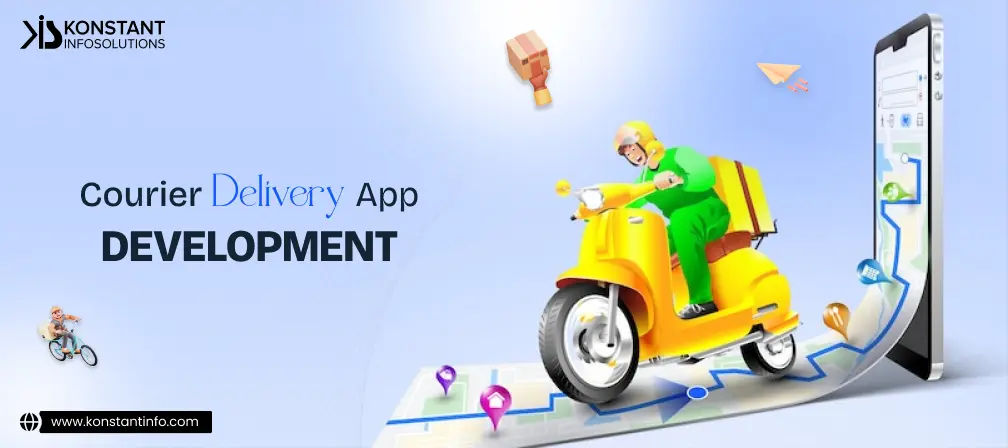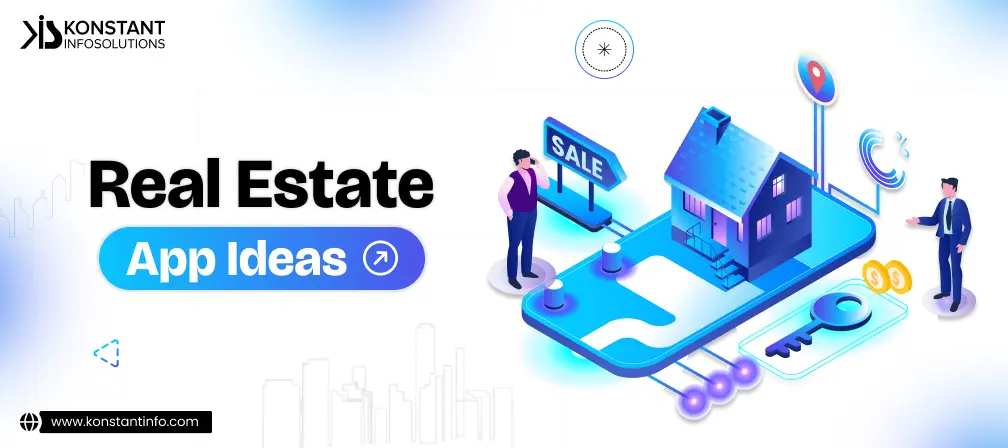
Like React Native, Flutter is a framework to create high-quality hybrid applications that work across platforms. It is a mobile app software development kit by Google. The apps and flexible custom UI interfaces made with Flutter use a ‘single code’ that compiles directly with native code. It makes use of GPU and platform API and services to create quick and expressive applications. These offer smoother animations and high performance.
For this matter, Flutter is used to build highly productive applications across platforms from a ‘single code’. It enables fixing crashes and continues debugging from where you paused. It comes with a rich material design and widgets. It contains a modern React style framework, 2D rendering engine and various developmental tools.
Crux: Flutter 2 has major updates in Dart 2.3, Flutter web updates, IOS page transitions, incremental-installs, platform-adaptive apps, material icons, text handling, automatic scrolling, mouse cursors over text spans, iOS shader compilation improvements, Flutter Windows UWP alpha, ARM64 Linux host support from Sony, Android deferred components.
Also, there are major changes in:
Flutter has been upgrading and transitioning from being a mere cross-platform mobile development SDK for Android/iOS into a tool that allows you to execute the same code across browsers in Windows, Linux and macOS. Flutter 2.0 makes non-mobile Flutter development more viable. It is the new version of the DART programming language.
Flutter covers up for its version 1. There are plenty of DART developers around. Now, Flutter applications support multiple mobile and web browsers. It supports embedding native UI elements such as maps and web views. It enjoys a big community now. It now supports CarPlay, tvOS, watchOS, or Android Auto.
Flutter 2.0 comes with a natural enhancement in performance and stability. However, the desktop apps still lack support for tooling as there are many outstanding bugs. For this reason, it is still not feasible for upcoming desktop projects meant for public distribution yet.
Google’s Flutter has been evolving, and it is simultaneously allowing us to build apps with Flutter. Flutter works well for mobile but weak on the desktop front. Flutter enables us to create decent web applications. Its use is still limited to ‘single-page applications’ and ‘Progressive web applications’; it is not yet feasible for content-centric applications, which require extensive indexability, search engine optimization, and text selection. Flutter for the web works fine as a large amount of web-compatible packages are increasing. If you are looking to hire Flutter developers, contact us!



Neeti Kotia is a technology journalist who seeks to analyze the advancements and developments in technology that affect our everyday lives. Her articles primarily focus upon the business, social, cultural, and entertainment side of the technology sector.
Or send us an email at: [email protected]